Session 8B – Theory and Methodology
Thursday 1 April, 09:30 – 11:00 // Session Chair: Nicole Gardner
166 – The Experiment of Neural Network on the Cognition of Style
Thursday 1 April, 09:30, Session 8B
Hu Wei, College of architecture and urban planning, Tongji University
In this paper, we study the method of extracting style vector using neural network based on style cognitive task.In the experiment, 3331 architectural photos obtained by crawling and filtering were used as training data. A deep convolutional neural network was trained to map architectural images to high-dimensional feature space, and then the high-dimensional feature vector was used to output the measurement results of style cognition with fully connected neural network. Tested by test data-set of 371 architectural pictures, the accuracy rate of style cognition reached more than 80%. The neural network using architectural data training was applied to the style cognition of non-architectural objects, high accuracy rate was also achieved, it proved that this method did “learn” the knowledge about style to some extent instead of simply classification. Finally, the similarities and differences between the cognitive characteristics of style of neural network and human beings are investigated.

Hu Wei is a PhD candidate at College of Architecture and Urban Planning, Tongji University. Her research interests include AI-assisted architectural design.
415 – Facilitating Architect-Client Communication in the Pre-Design Phase
Thursday 1 April, 09:45, Session 8B
CHENG-LIN CHUANG, National Cheng Kung University
SHENG-FEN CHIEN, National Cheng Kung University
The process of architects exploring the program with clients often take place through face-to-face oral discussions and visual aids, such as photos and sketches. Our research focuses on two communication mediums: language and sketch. We employ machine learning techniques to assist architects and clients to improve their communication and reduce misunderstandings. We have trained a Naive Bayesian Classifier machine, the language assistant (LA), to classify architectural vocabularies with associations to design requirements. In addition, we have trained a Generative Adversarial Network, the sketch assistant (SA), to generate photo quality images based on architects’ sketches. The language assistant and sketch assistant combined can facilitate architect-client communication during the pre-design stage.
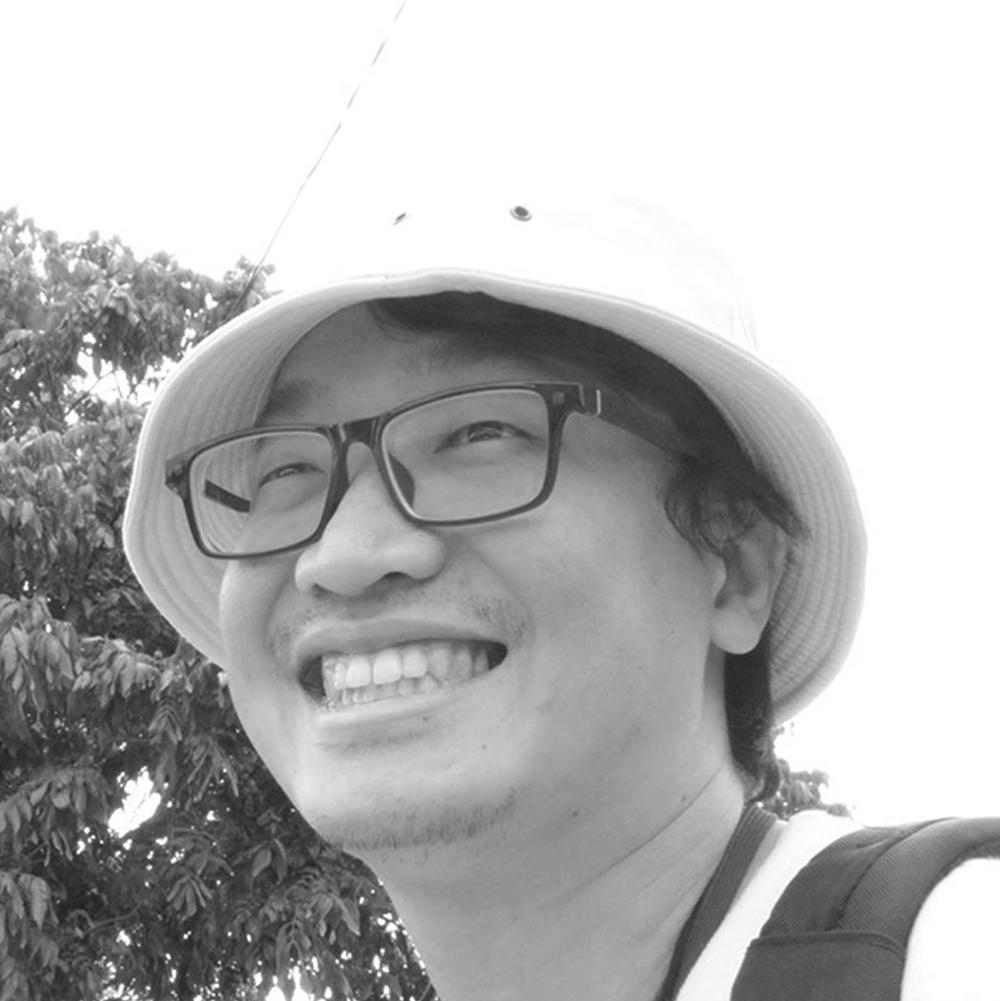
CHENG-LIN CHUANG is currently a graduate student from the architecture department at National Cheng Kung University, Taiwan. He interest in how to use AI to improve architectural design. He have been served as advanced assistant of Design Programming and CAD class in NCKU.
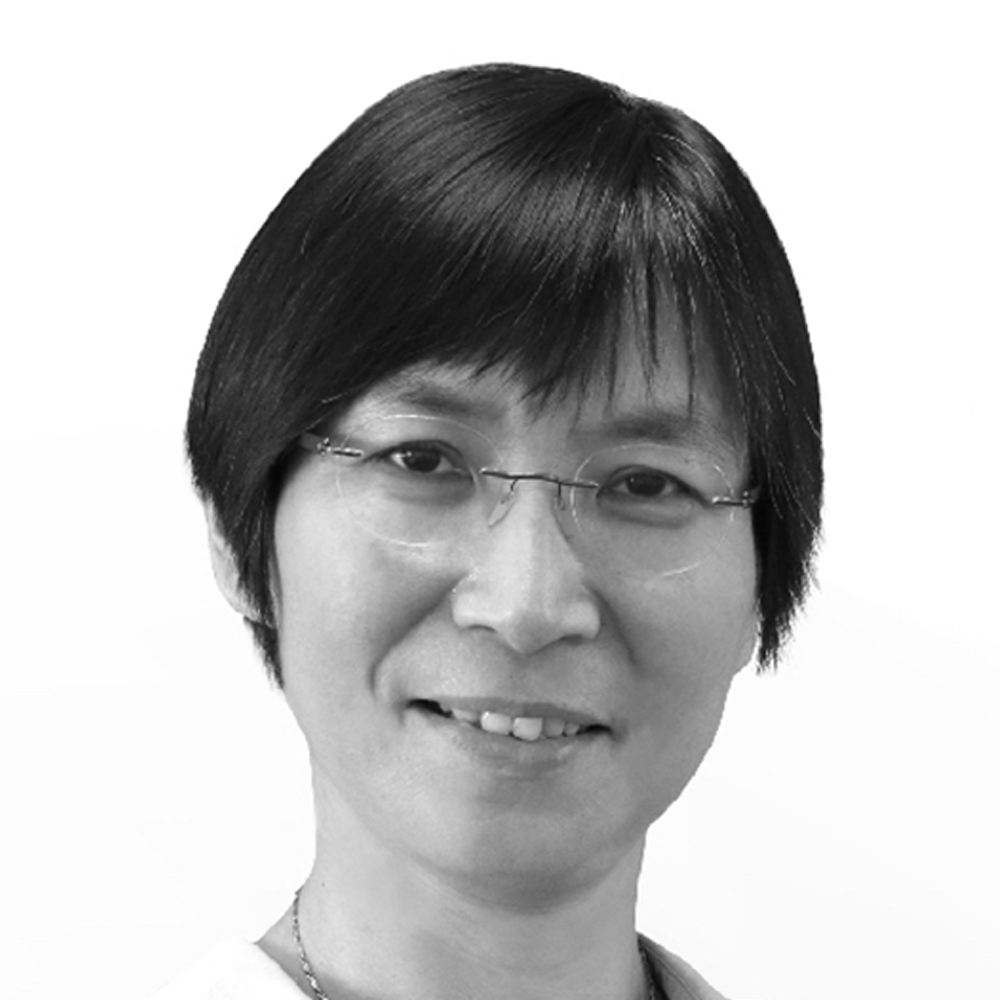
Sheng-Fen Chien is an Associate Professor of Architecture in National Cheng Kung University, Taiwan. She was trained in architecture and computational design. She has been an educator of architecture, digital media and user experience design for more than 20 years. Her recent research focuses on empowering artists with AI, in particular, machine learning technologies, as well as investigating the relationship between artists and AI technologies, as tools, mediums, facilitators, or partners.
104 – Quantification and Typology Methods for Spatial Regionalism: From Traditional Residence to Modern Chinese-Style House Design
Thursday 1 April, 10:00, Session 8B
Yihao WU, Tongji University
Liuqing WU, Tongji University
Danrui Li, Tongji University
The cognition of Regionalism in architecture has transferred from the surface to the essence, from the building appearance to space. Modern Chinese-style houses have sprung up all over the country these years but always fail to find back the main characteristic of space in traditional residences. Therefore, the paper focuses on the question of “what are the main features of the space in traditional Chinese residence”, proposing 5 spatial quantification indexes for residential space and a score evaluation method to measure Chinese-style matching degree (Mch) with the help of a modified graph map generation method. 10 traditional Chinese houses and 16 built-up modern Chinese-style houses are taken as samples for empirical research. The paper also puts forward a hypothesis testing model for architects, which can quickly check the Chinese-style matching degree of the scheme and strongly support the design process.
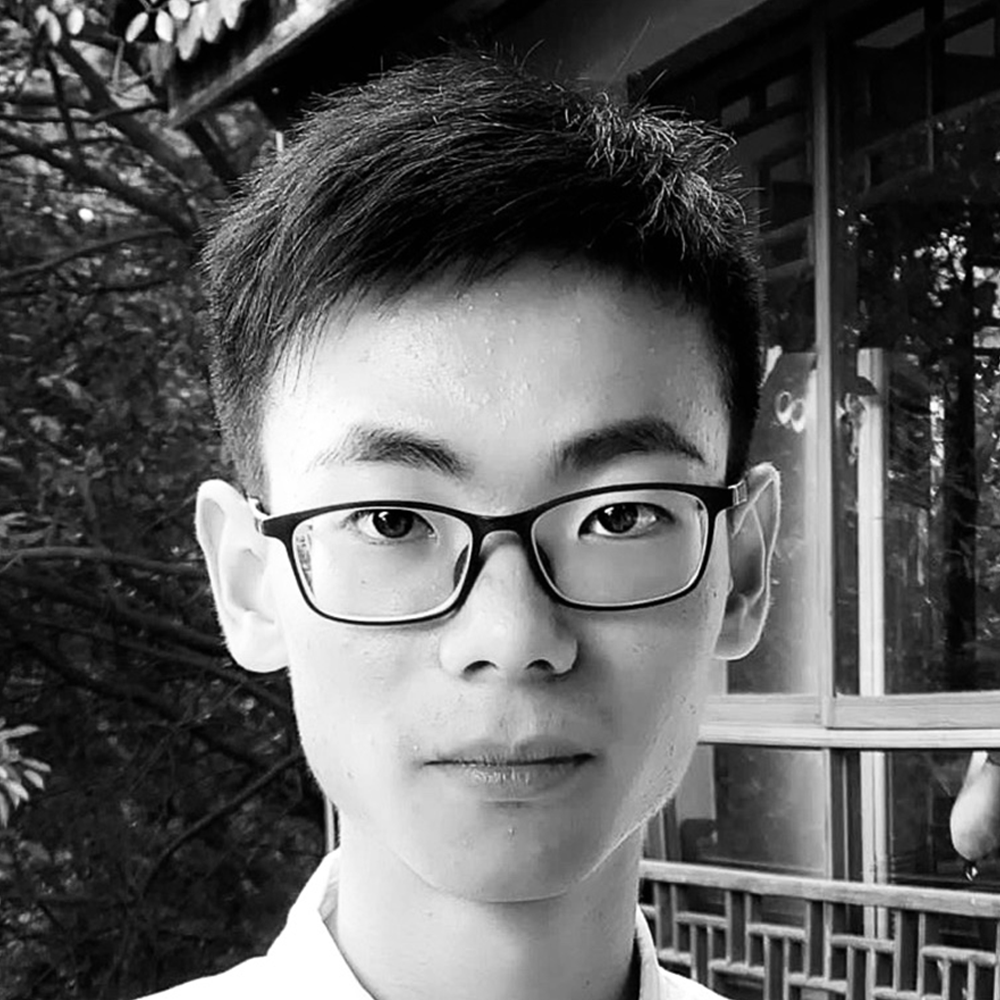
Wu Yihao is an academic graduate student in College of Architecture and Urban Planning, Tongji University. The research focuses on the quantitative analysis of architecture and urban space, spanning multiple scale levels of built environment. He has published nearly ten papers in national core journals, devoted to promoting the rationalization and scientization of architectural design methodology. In the field of architectural practice, the leading and participating design projects cover interior design, architectural design and urban design, with rich engineering experience.
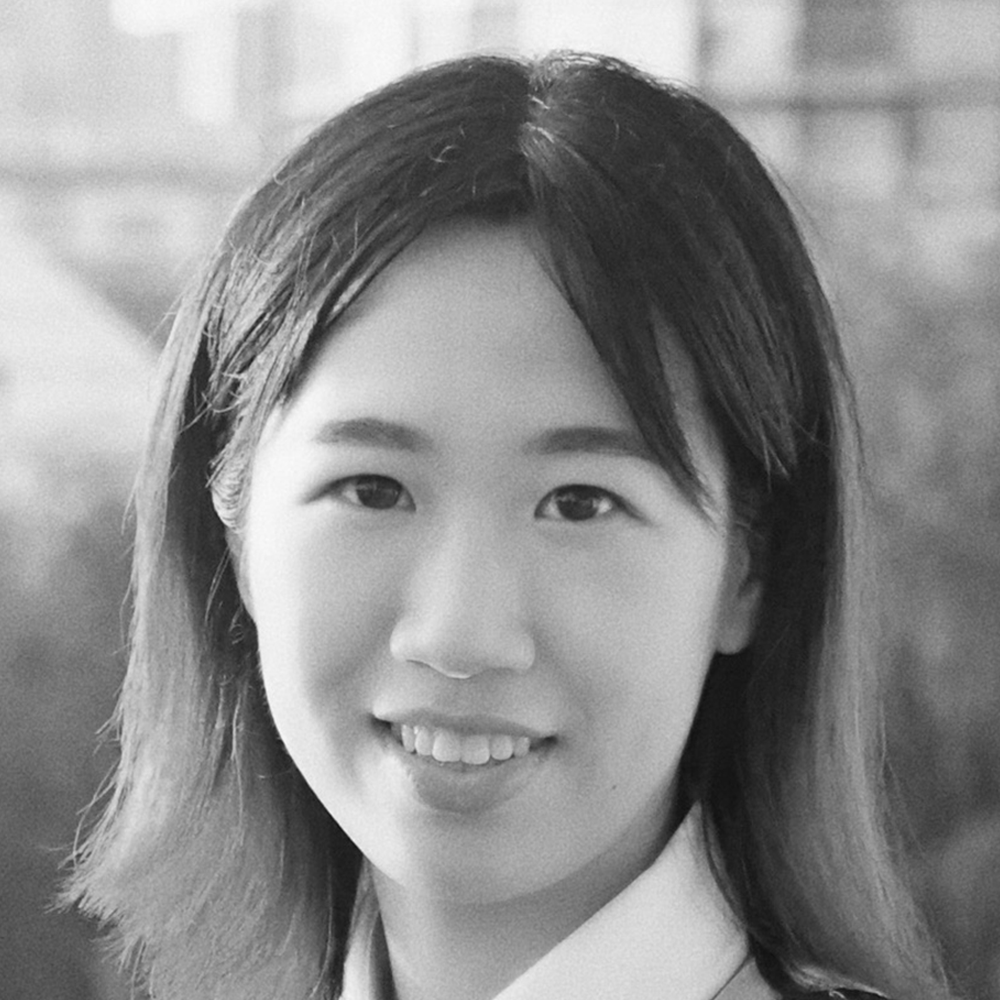
Liuqing Wu is a postgraduate student in College of Architecture and Urban Planning, Tongji University. She received her bachelor’s degree in architecture from Zhejiang University. Her research mainly focuses on urban design and its strategies supported by data and quantitative analysis methods.

Danrui Li is a postgraduate in the College of Architecture and Urban Planning, Tongji University, with a Bachelor’s degree in Architecture from Chongqing University. His research interests range from multi-level pedestrian modeling to quantitative environmental behavior study. He is currently working on his master thesis on pedestrian simulations and evaluations for train station design. The thesis objective is to derive design principles for train stations that deeply integrate with urban activities and advanced technologies.
162 – Beyond Embodiment: An Existential Project of Digital Tectonics in the Posthumanist Discourses
Thursday 1 April, 10:15, Session 8B
Chao Yan, Tongji University
Philip F. Yuan, Tongji University
The paper is a theoretical review on the nature of tectonic expressions in the context of digital design and construction. By investigating the origin of digital tectonics as a methodological exploration to dissolve the oppositional relationship between the digital and the tectonic, the paper identifies the lack of focus on the essential task of tectonic expression—constructing embodied experience on the building form. Therefore, the paper firstly reviews how tectonic expression is understood in its traditional sense, particularly within its indispensable relationship to human body in order to construct the empathic perception of structural dynamics. Then, the paper reveals the disassociation between human body and tectonic form in the posthumanist mode of design-to-construction of the digital age. Further, by articulating the dynamic nature of embodiment in the posthumanist scenario where the body is constantly reconstructed by the technocultural conext of the living environment, the paper proposes a theoretical model arguing for a reinterpretation of both the nature and the task of digital tectonics in order to reclaim the embodied experience in the digital age. Digital tectonics becomes an existential project that must be designed within its mutual determining relationship with the historical-cultural construction of the body-self.
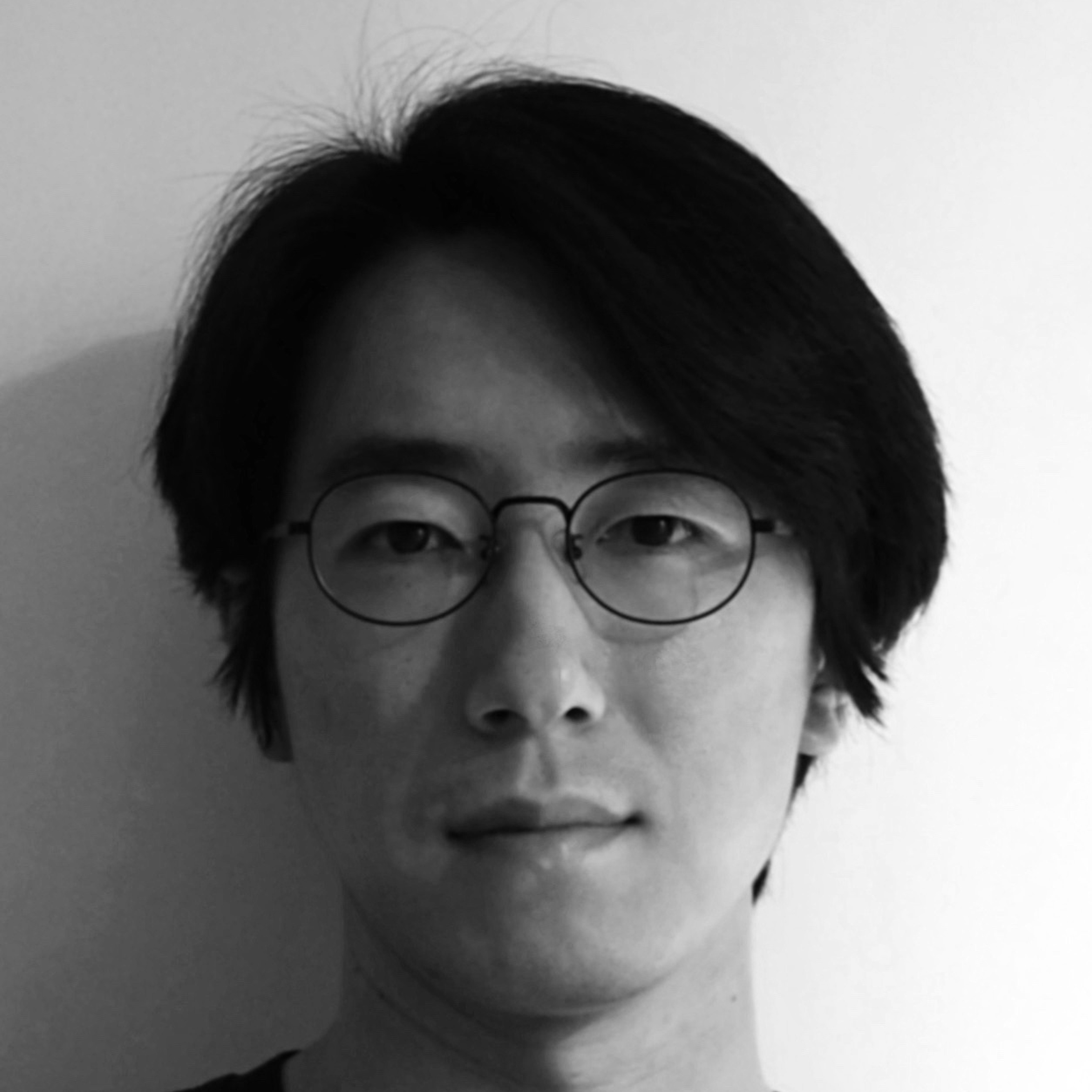
Chao Yan is a post-doctoral researcher at Tongji University where he conducts researches on the history of construction technology and digital design theory. He was a visiting lecturer at China Academy of Art from 2014 to 2018, and a visiting scholar at University of Virginia in 2019. His work focuses on the intersection between architectural theory and philosophy, and he has published extensively on the history and theory of body, neurophilosophy in architecture, post-68 architectural history, etc. His recent work is to construct a body perspective to review the history of digital design and fabrication.

Philip F. Yuan is the Associate Dean and a tenured professor of the College of Architecture and Urban Planning at Tongji University. He founded Shanghai based firms: Archi-Union Architects and Fab-Union Technology. Yuan is a member in the Scientific Committee of The International Association on Spatial Structures (IASS) and the International Conference on 3D Printing and Transportation3D Printing and Transportation (3DTRB). His research mainly focuses on the field of performance-based architectural tectonics, the application of robotic fabrication equipment as weak as developments of robotic fabrication technologies and is able to realize many of his research theories in architectural practices.
399 – Design Analytics and Data-Driven Collaboration in Evaluating Alternatives
Thursday 1 April, 10:30, Session 8B
Osama Alsalman, Simon Fraser University
Halil Erhan, Simon Fraser University
Alyssa Haas, Stantec
Ahmed M. Abu Zuraiq, Simon Fraser University
Maryam Zarei, Simon Fraser University
Evaluation of design ideas is an important task throughout the life cycle of design development in the AEC industry. It involves multiple stakeholders with diverse backgrounds and interests. However, there is limited computational support which through this collaboration is facilitated, in particular for projects that are complex. Current systems are either highly specialized for designers or configured for a particular purpose or design workflow overlooking other stakeholders’ needs. We present our approach to motivating participatory and collaborative design decision-making on alternative solutions as early as possible in the design process. The main principle motivating our approach is giving the stakeholders the control over customizing the data presentation interfaces. We introduce our prototype system D-ART as a collection of customizable web interfaces supporting design data form and performance presentation, feedback input, design solutions comparisons, and feedback compiling and presentation. Finally, we started the evaluation of these interfaces through an expert evaluation process which generally reported positive results. Although the results are not conclusive, they hint towards the need for presenting and compiling feedback back to the designers which will be the main point of our future work.

Through the previous years of my life, I spent my time learning the craft of software, games, and narratives. I graduated with honors in Software Engineering, and currently, I am doing my Master of Science in Interactive Arts & Technology at Simon Fraser University. At SFU, I am lucky to work with the Computational Design Lab to research tools that assist creativity and design.

After receiving his Ph.D. degree from Carnegie Mellon University, Halil Erhan became a faculty member of Software Engineering at UAE University in 2004. He joined the School of Interactive Arts and Technology at Simon Fraser University as a research faculty in 2006. His research program investigates ‘design’ as a situated, cognitive, and collaborative process. He aims to improve ‘design’ by augmenting designers’ capabilities with effective and engaging tools mainly for ‘creating’ built-environments, interactive objects and systems. His current research projects focus on developing systems for creative practitioners, visual analytics of design data, design analytics, spatial design.

With her background in architecture and focus on interdisciplinary design, she develops computational solutions that enhance practitioner design processes across Stantec. A key component of her role is to research and prototype workflows that make use of emerging technologies in the architecture and engineering spaces.
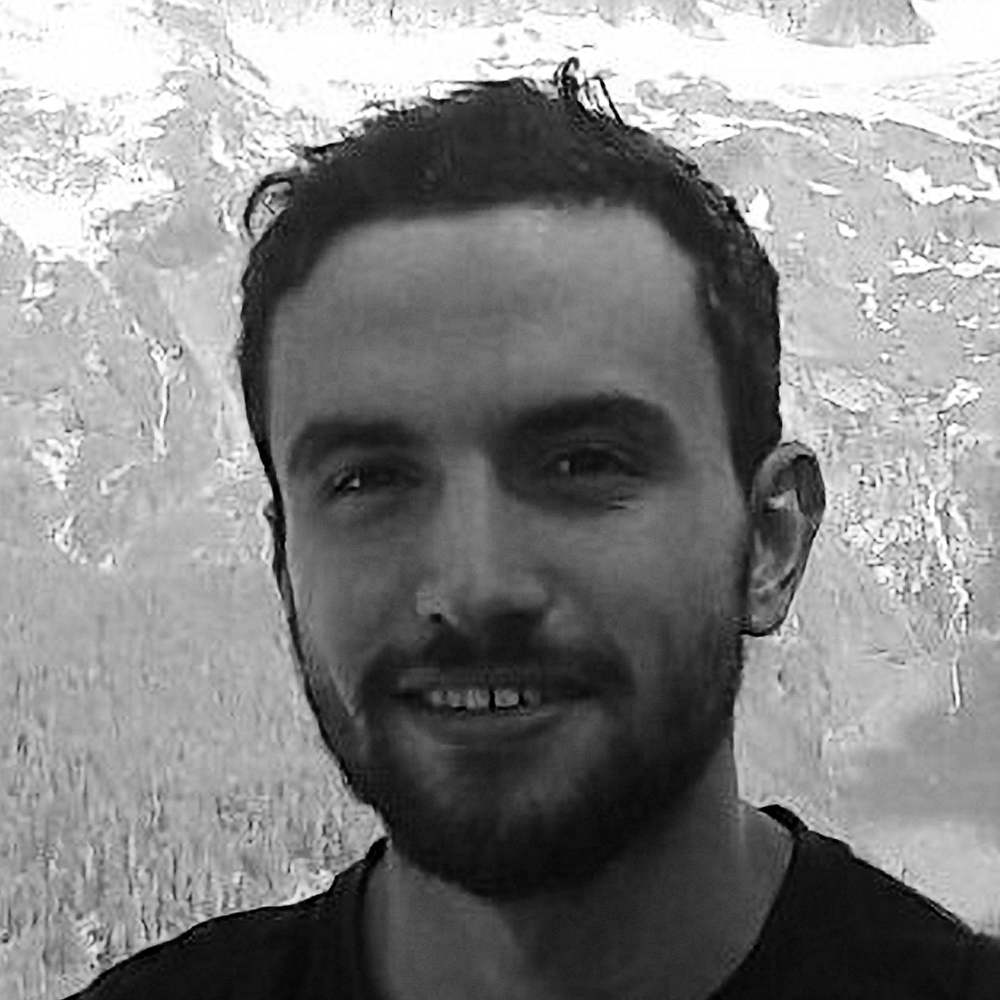
Ahmed Abu Zuraiq is a researcher and game developer with a computer science background. His research explores the potential of computational generation for augmenting our creativity and problem-solving capabilities, whether it is applied to games, architectural design or other fields.
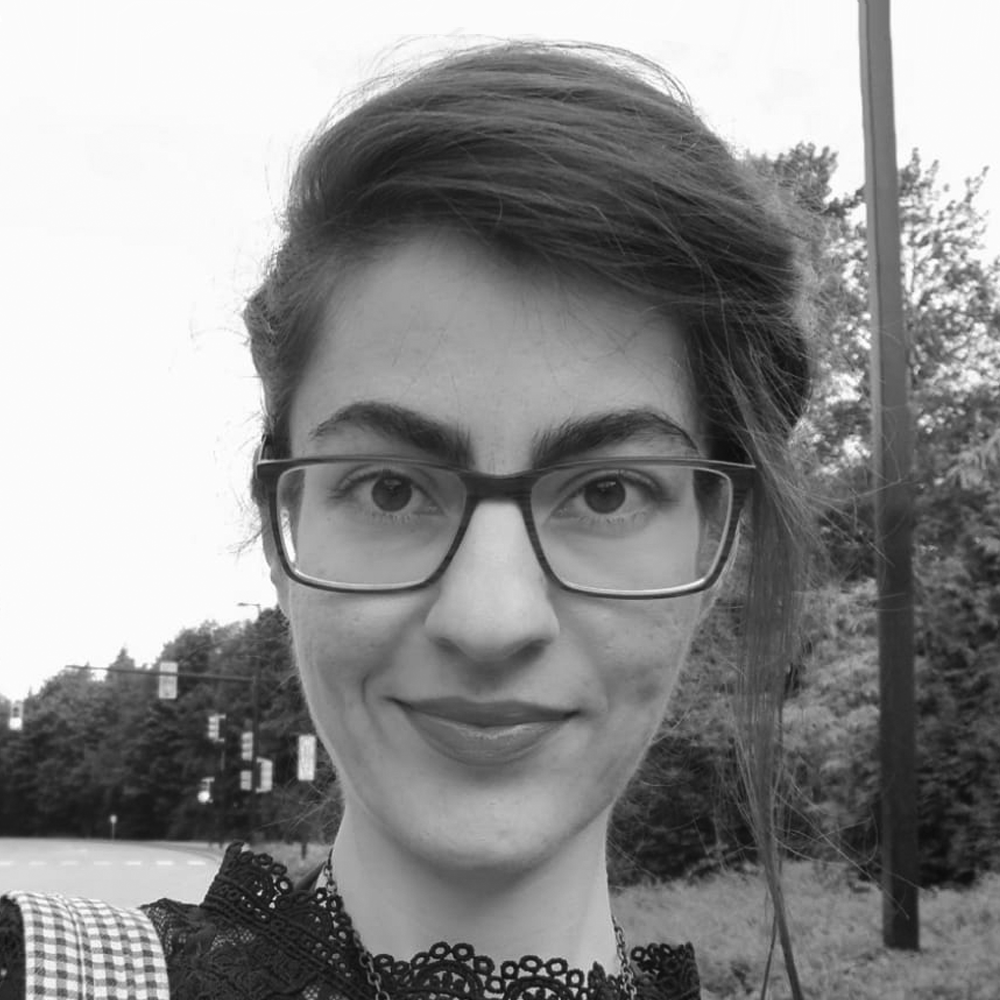
As a graduate researcher at Computational Design Lab (SFU), I am researching on design and development of interactive creativity support systems for supporting design exploration and data visualization for comparison of design alternatives. Currently, I am studying Interactive Arts and Technology where I am learning about Design Analytics and new technologies for supporting creativity. I also have a bachelor’s degree in Architectural Engineering and I have studied the application of XR technologies for enhancing human experience in space.